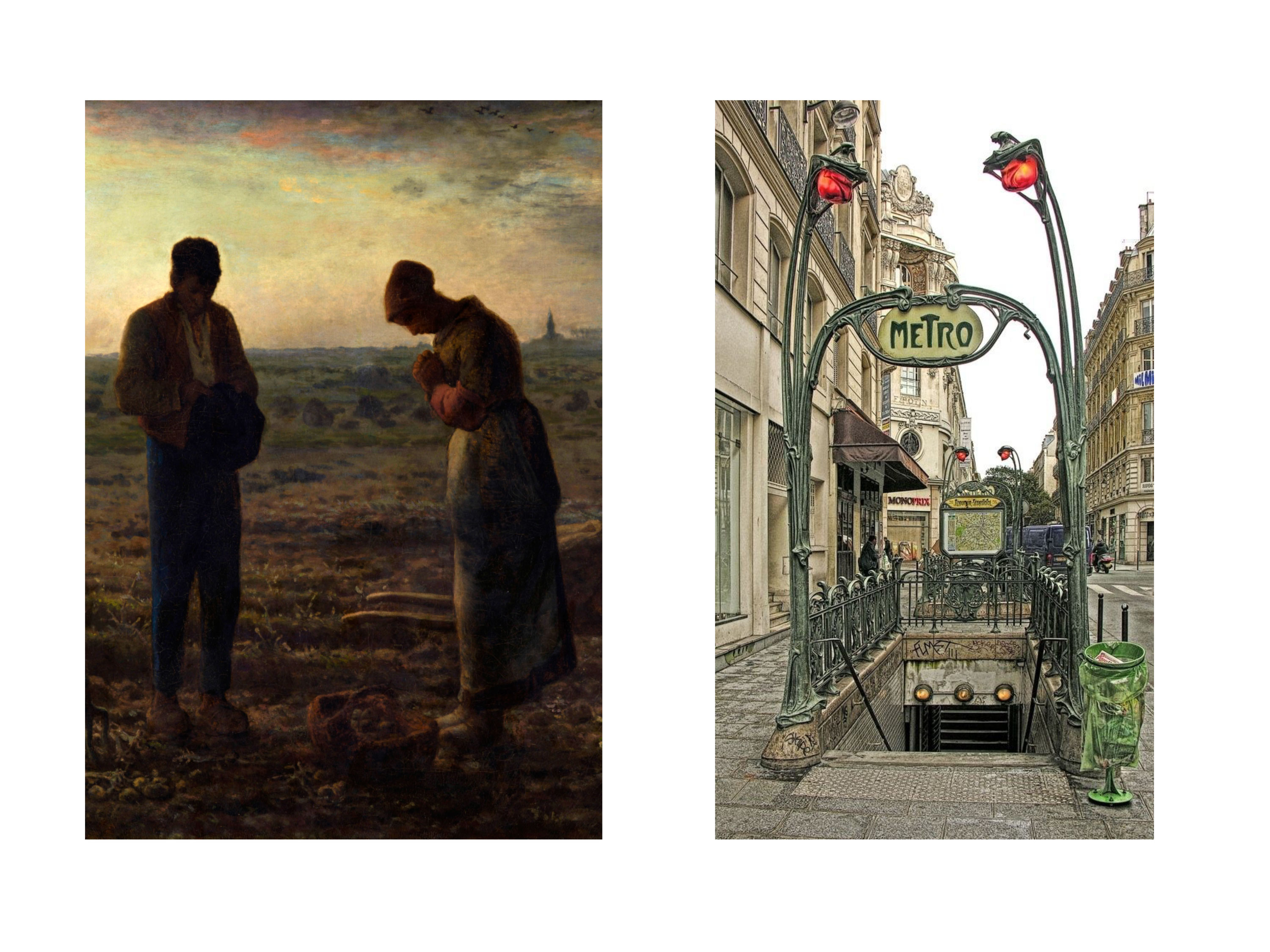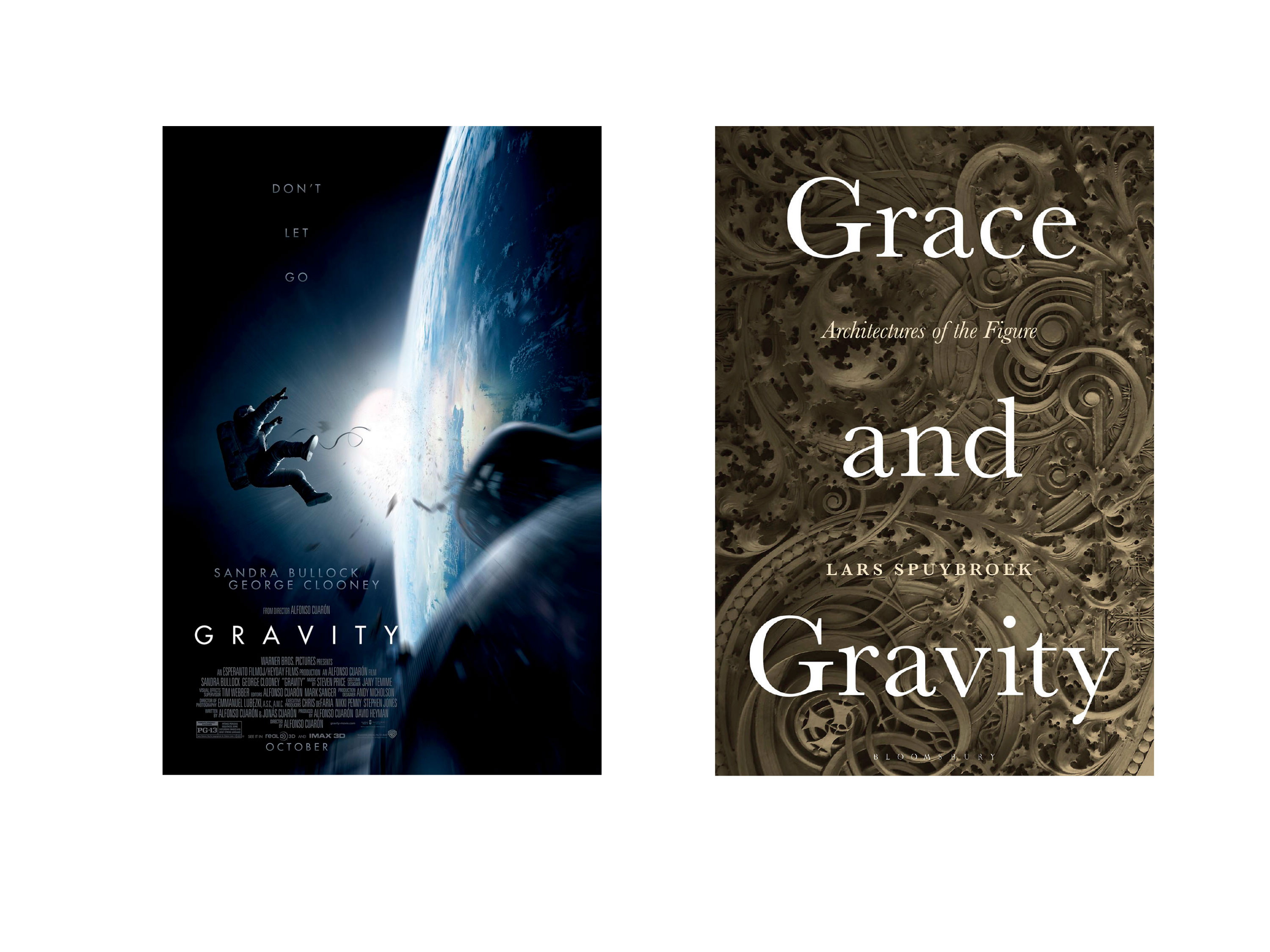











STANDING: The Posture of Existence (part 1): realism
After an introductory discussion of things as assemblages and assemblies we proceed via William James’s “frayed things” to the gift cycle’s “shining things”. Two figural postures of realism should be merged: standing as the realism of mind-independence and hanging as that of mimesis. Our mission is to find a figure of groundless standing: contrapposto. Via Leonardo and Ravaisson’s Law of the Limbs we posit ourselves against the torso-philosophies of Bachelard, Sloterdijk and Fukuyama.
After an introductory discussion of things as assemblages and assemblies we proceed via William James’s “frayed things” to the gift cycle’s “shining things”. Two figural postures of realism should be merged: standing as the realism of mind-independence and hanging as that of mimesis. Our mission is to find a figure of groundless standing: contrapposto. Via Leonardo and Ravaisson’s Law of the Limbs we posit ourselves against the torso-philosophies of Bachelard, Sloterdijk and Fukuyama.
STANDING: The Posture of Existence (part 2a): figure
We start with a lengthy analysis of Botticelli’s Birth of Venus as an elaboration on the figure of contrapposto. Doing so, we reverse the classical relationship of structure and ornament, in official terms, of ergon (“work”) and parergon (“by-work”) . A journey that leads us from the caryatids of Erechtheion to Frida Kahlo’s broken spinal column, then to Flannery O’Connor’s crutches and Donna Haraway’s OncoMouse™, suddenly turns our study into one of bearing and carrying. Grace is born from disability, not from the abilities of habit. When moving to architecture the argument offers us new ideas on symmetry, the “torso-limb index” of form, and the necessity of the vegetal and floral in architecture.
We start with a lengthy analysis of Botticelli’s Birth of Venus as an elaboration on the figure of contrapposto. Doing so, we reverse the classical relationship of structure and ornament, in official terms, of ergon (“work”) and parergon (“by-work”) . A journey that leads us from the caryatids of Erechtheion to Frida Kahlo’s broken spinal column, then to Flannery O’Connor’s crutches and Donna Haraway’s OncoMouse™, suddenly turns our study into one of bearing and carrying. Grace is born from disability, not from the abilities of habit. When moving to architecture the argument offers us new ideas on symmetry, the “torso-limb index” of form, and the necessity of the vegetal and floral in architecture.
STANDING: The Posture of Existence (part 2b): GRAVITY and ARRIVAL
Here we apply our ideas on bearing and carrying to two recent movies that seem to mirror each other: Gravity with Sandra Bullock and Arrival with Amy Adams. Both movies deal with mothers and their deceased daughters, and both movies deal with their pain in the same way: by inventing cyclical time. Bullock is reborn in the amniotic fluid of a Russian Space station while Adams discovers the Epicurean notion of amor fati that links birth and death. The two movies succeed in linking standing with floating, and gravity with the lack of it.
Here we apply our ideas on bearing and carrying to two recent movies that seem to mirror each other: Gravity with Sandra Bullock and Arrival with Amy Adams. Both movies deal with mothers and their deceased daughters, and both movies deal with their pain in the same way: by inventing cyclical time. Bullock is reborn in the amniotic fluid of a Russian Space station while Adams discovers the Epicurean notion of amor fati that links birth and death. The two movies succeed in linking standing with floating, and gravity with the lack of it.
